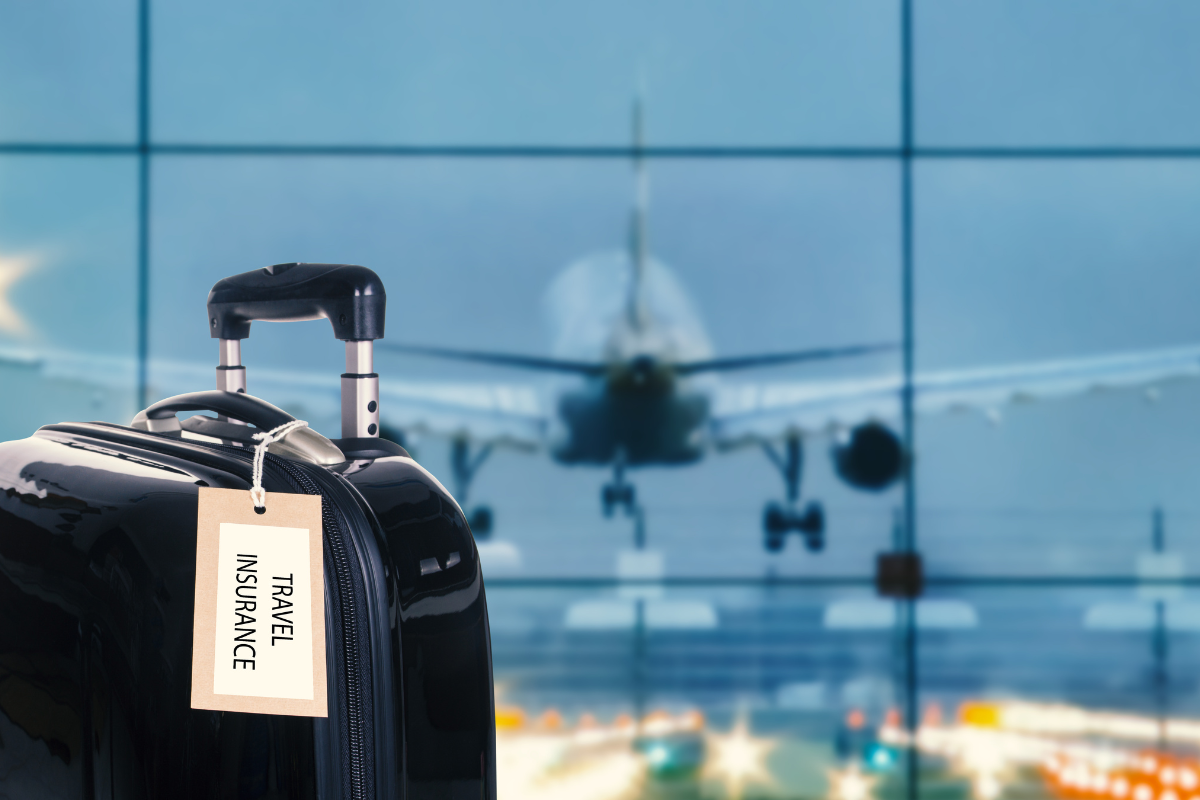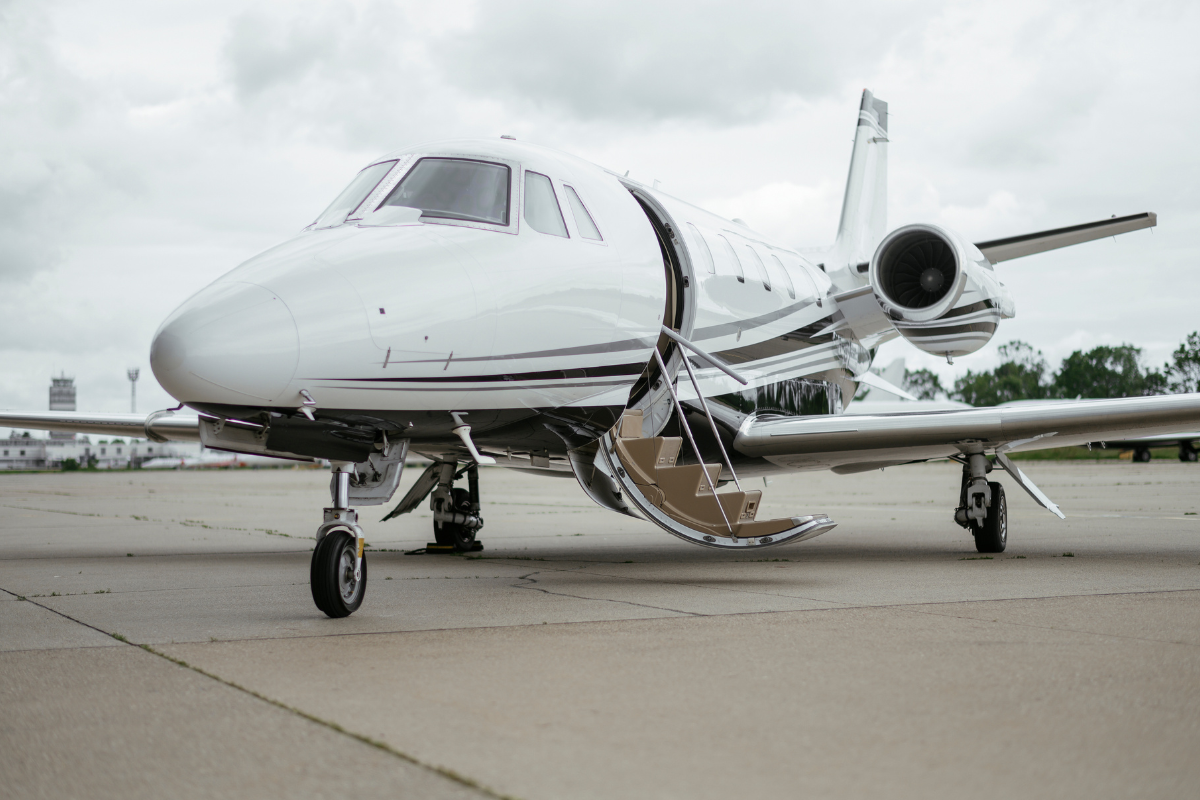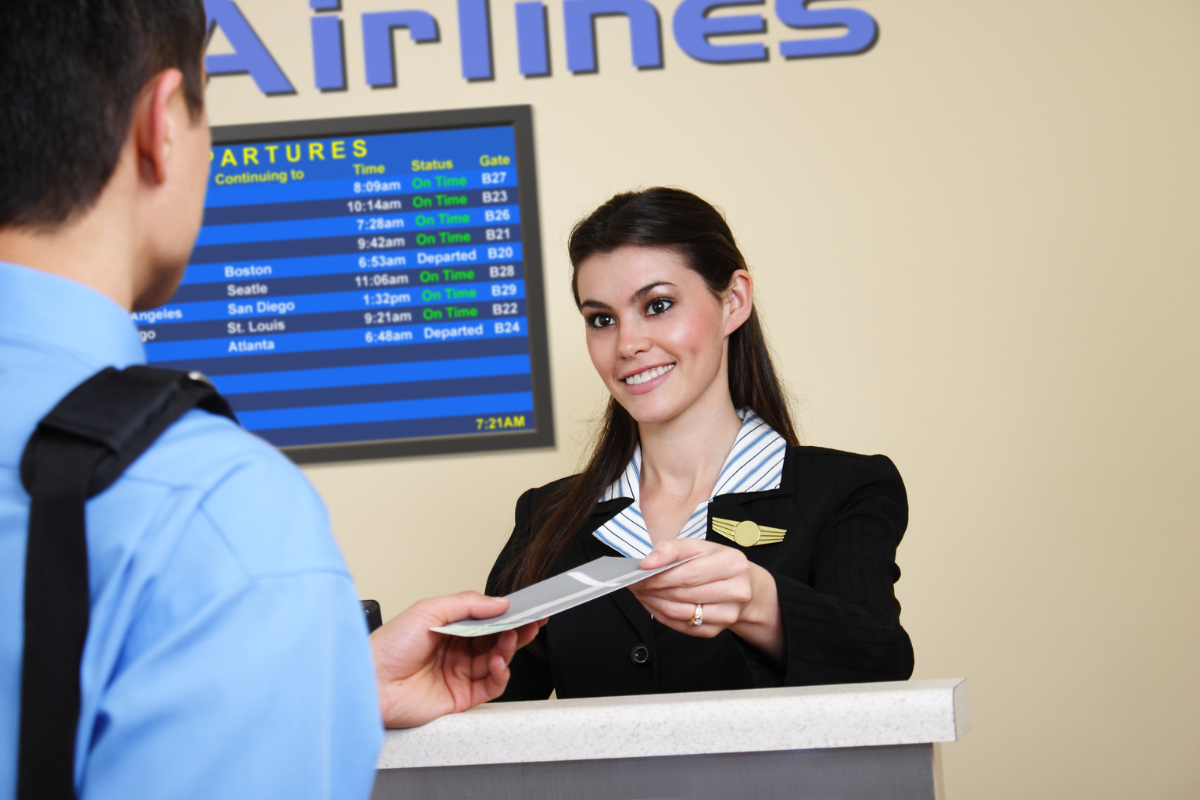
Travel
-

Complete Guide To Buying Travel Insurance In Singapore
For many Singaporeans, travelling is more than just a leisure activity — it’s a way…
-

How Much Does It Cost To Charter A Private Plane In Singapore?
In recent years, the appeal of private aviation has grown in tandem with the demand…
-

How do you get to Bhutan from Australia?
Bhutan, the last remaining Buddhist kingdom in the Himalayas, is no ordinary destination. It is…



